
This is a topic I see pop up an awful lot on homebrew forums and since I like brewing big beers I thought I'd do some more research, take some notes and write up something that is concise and easy to understand to help myself and anyone else looking into this.
So why does this come up so often? I believe the reason is because new brewers often want to jump into big beer brewing without mastering the basics first so there are frequently questions about restarting stuck ferementations or off flavors or uncarbinated bottles. So nothing in this posting is going to be very technical, just the basics of what you need to in order to make a good big beer.
Rule #1. Do it right from the beginning.
Read these links and my tips so you don't end asking questions about restarting fermentation on a sickly sweet 1.043 Russian Imperial Stout. You don't want to end up there and it is avoidable. I've pulled most of my writing out of these links but going through them wouldn't hurt.
http://www.maltosefalcons.com/tech/thinking-big-getting-handle-brewing-big-beers
http://beerdujour.com/Howtobrewabigbeer.htm
http://beersmith.com/blog/2010/05/09/how-to-brew-big-making-high-gravity-beers/
Rule #2: Lots and lots and lots of yeast!
I'm starting here because this is the same for extract and all grain brewers. First off check your recipe and plan out your yeast starter (and yes, unless you want to spend a buttload of money on yeast packages you need a starter). I like Yeast Calculator for
determining how much to pitch. As far as I see it you have a few options here as to how to make a starter. Option number one; make a plain old yeast starter but unless you have a gigantic flask or a one gallon jug this might not be enough. So, option number two; make a stepped up starter. Again, I think yeast calculator has a nice design, is easy to use and has an option to calculate your own stepped up starters as well. Or you can avoid a bunch of that fuss and move on to option number three and make a starter beer. A regular low gravity, low IBU batch really is nothing more than a five gallon yeast starter. A full five gallons can be a bit too much yeast though and I personally like making half batches or even one gallon batches so just brew up one of those around 1.040-1.050 with little hop character, rack it at two weeks and pitch the yeast cake into you big beer wort. Boom, starter beer.
Rule #3: Pay Attention to Fermentation
Once again (reference rule number one) if you're doing something that that costs this much money and takes this much time and effort make sure to do it right. Big beers can kick out a lot of heat because there is a lot going on in there during fermentation so to quote Scar from the Lion King, "Be Prepared". Best case scenario you toss it in your temp controlled chest freezer. If you don't have one of these this should be your next big purchase. An alternative would be the simple yet effective swamp cooler approach. It can work and help prevent temperature fluctuation. At the very, very least do these beers in the winter when your ambient temp isn't going to be 75*. While some alcoholic warmth is acceptable you don't want this tasting like rubbing alcohol because you fermented at 78* in the middle of July.
Secondly, beers with this much fermentable material tend to take a while to finish up. To help the yeast stay in suspension and not fall out before their job is done I like to
swirl my carboy three times a day after visible fermentation stops. Obviously no splashing here! Just a nice smooth rocking. Brewer's hundreds of years ago literally used to turn wooden kegs on their side and roll them around (they called it walking their beers) but this seems impractical for a carboy so I'd go with the rocking to help finish fermentation.
Finnally , one note on aging. I'm just tacking this on here to make sure you know you shouldn't drink your Barleywine after four weeks in the primary. These are investment beers, give it time then give it some more time and even a little more before you even think about bottling.
Rule #4: Grainbill, mashing and hops.
I’m not going to say a whole lot on the grainbill because I believe that this is up to you.
What I will say is not to go crazy. Just because this is a Big Beer it doesn’t need to have eight different malts and five different hop varieties. As with most beers, simplicity is best. Keep the crystal and specialty malts low because you want something that is
fermentable. Use the highest quality ingredients you can find. If you’re worried about fermentability of let’s say your RIS simple sugars can be your friend to help lower the FG. Dextrose is a popular choice or you can add some character sugars such as molasses or honey either to the boil or directly to the fermentation vessle.
As far as mashing goes you want to mash low and long. Again, the goal here is
fermentability. I know it sounds counterintuitive to mash low for something you want to have a heavy malt backbone like an English Style Barleywine but hypothetically with a beer that features 20lbs of Maris Otter you’re going to be fine in that department. I’m not going to go into it here but this is also a good time to start thinking about pary-gyle brewing.
The main concern with hop bitterness for a big beer is balancing out that heavy malt flavor so you need to keep in mind your bitterness ratio. This chart has the values
for what appears to be almost every style of beer. To find your bitterness ratio you take your estimated IBUs and divide by your estimated starting gravity and then check it with the chart. Adjust as needed until you are somewhere close. Yes, for a stout 75 IBUs may seem high but when paired with a high
gravity it is not.
So why does this come up so often? I believe the reason is because new brewers often want to jump into big beer brewing without mastering the basics first so there are frequently questions about restarting stuck ferementations or off flavors or uncarbinated bottles. So nothing in this posting is going to be very technical, just the basics of what you need to in order to make a good big beer.
Rule #1. Do it right from the beginning.
Read these links and my tips so you don't end asking questions about restarting fermentation on a sickly sweet 1.043 Russian Imperial Stout. You don't want to end up there and it is avoidable. I've pulled most of my writing out of these links but going through them wouldn't hurt.
http://www.maltosefalcons.com/tech/thinking-big-getting-handle-brewing-big-beers
http://beerdujour.com/Howtobrewabigbeer.htm
http://beersmith.com/blog/2010/05/09/how-to-brew-big-making-high-gravity-beers/
Rule #2: Lots and lots and lots of yeast!
I'm starting here because this is the same for extract and all grain brewers. First off check your recipe and plan out your yeast starter (and yes, unless you want to spend a buttload of money on yeast packages you need a starter). I like Yeast Calculator for
determining how much to pitch. As far as I see it you have a few options here as to how to make a starter. Option number one; make a plain old yeast starter but unless you have a gigantic flask or a one gallon jug this might not be enough. So, option number two; make a stepped up starter. Again, I think yeast calculator has a nice design, is easy to use and has an option to calculate your own stepped up starters as well. Or you can avoid a bunch of that fuss and move on to option number three and make a starter beer. A regular low gravity, low IBU batch really is nothing more than a five gallon yeast starter. A full five gallons can be a bit too much yeast though and I personally like making half batches or even one gallon batches so just brew up one of those around 1.040-1.050 with little hop character, rack it at two weeks and pitch the yeast cake into you big beer wort. Boom, starter beer.
Rule #3: Pay Attention to Fermentation
Once again (reference rule number one) if you're doing something that that costs this much money and takes this much time and effort make sure to do it right. Big beers can kick out a lot of heat because there is a lot going on in there during fermentation so to quote Scar from the Lion King, "Be Prepared". Best case scenario you toss it in your temp controlled chest freezer. If you don't have one of these this should be your next big purchase. An alternative would be the simple yet effective swamp cooler approach. It can work and help prevent temperature fluctuation. At the very, very least do these beers in the winter when your ambient temp isn't going to be 75*. While some alcoholic warmth is acceptable you don't want this tasting like rubbing alcohol because you fermented at 78* in the middle of July.
Secondly, beers with this much fermentable material tend to take a while to finish up. To help the yeast stay in suspension and not fall out before their job is done I like to
swirl my carboy three times a day after visible fermentation stops. Obviously no splashing here! Just a nice smooth rocking. Brewer's hundreds of years ago literally used to turn wooden kegs on their side and roll them around (they called it walking their beers) but this seems impractical for a carboy so I'd go with the rocking to help finish fermentation.
Finnally , one note on aging. I'm just tacking this on here to make sure you know you shouldn't drink your Barleywine after four weeks in the primary. These are investment beers, give it time then give it some more time and even a little more before you even think about bottling.
Rule #4: Grainbill, mashing and hops.
I’m not going to say a whole lot on the grainbill because I believe that this is up to you.
What I will say is not to go crazy. Just because this is a Big Beer it doesn’t need to have eight different malts and five different hop varieties. As with most beers, simplicity is best. Keep the crystal and specialty malts low because you want something that is
fermentable. Use the highest quality ingredients you can find. If you’re worried about fermentability of let’s say your RIS simple sugars can be your friend to help lower the FG. Dextrose is a popular choice or you can add some character sugars such as molasses or honey either to the boil or directly to the fermentation vessle.
As far as mashing goes you want to mash low and long. Again, the goal here is
fermentability. I know it sounds counterintuitive to mash low for something you want to have a heavy malt backbone like an English Style Barleywine but hypothetically with a beer that features 20lbs of Maris Otter you’re going to be fine in that department. I’m not going to go into it here but this is also a good time to start thinking about pary-gyle brewing.
The main concern with hop bitterness for a big beer is balancing out that heavy malt flavor so you need to keep in mind your bitterness ratio. This chart has the values
for what appears to be almost every style of beer. To find your bitterness ratio you take your estimated IBUs and divide by your estimated starting gravity and then check it with the chart. Adjust as needed until you are somewhere close. Yes, for a stout 75 IBUs may seem high but when paired with a high
gravity it is not.
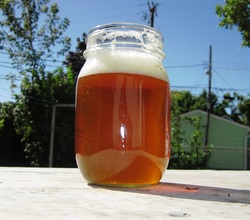
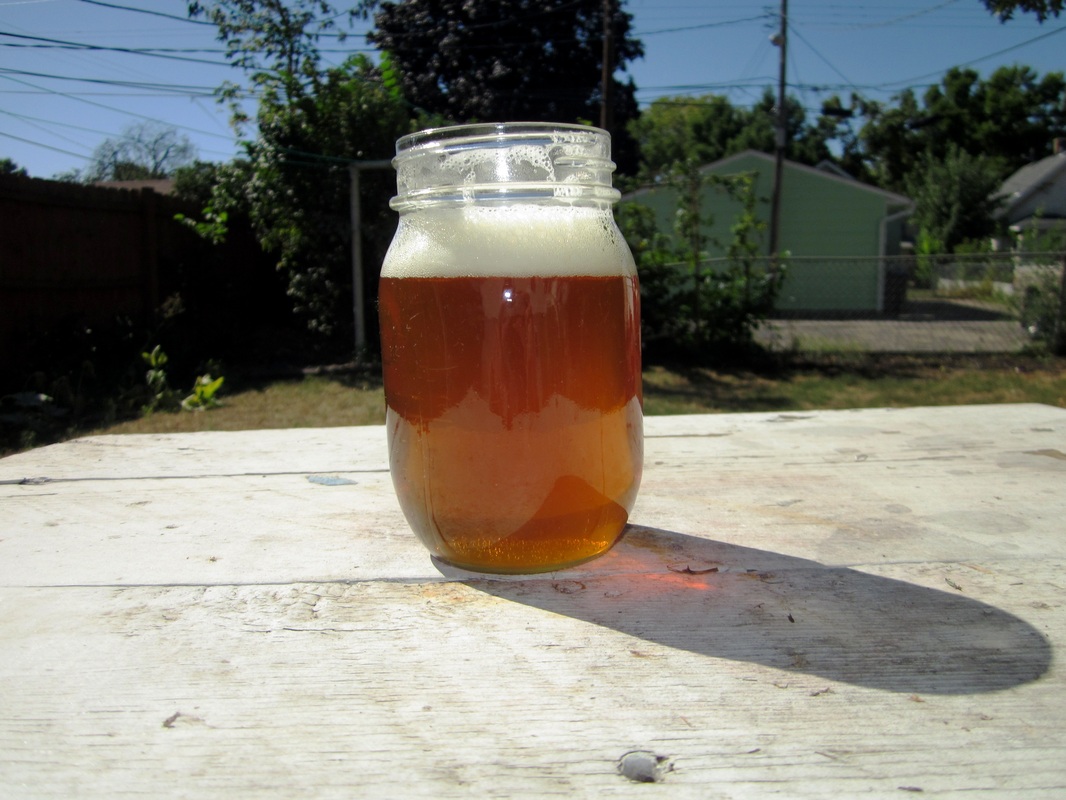
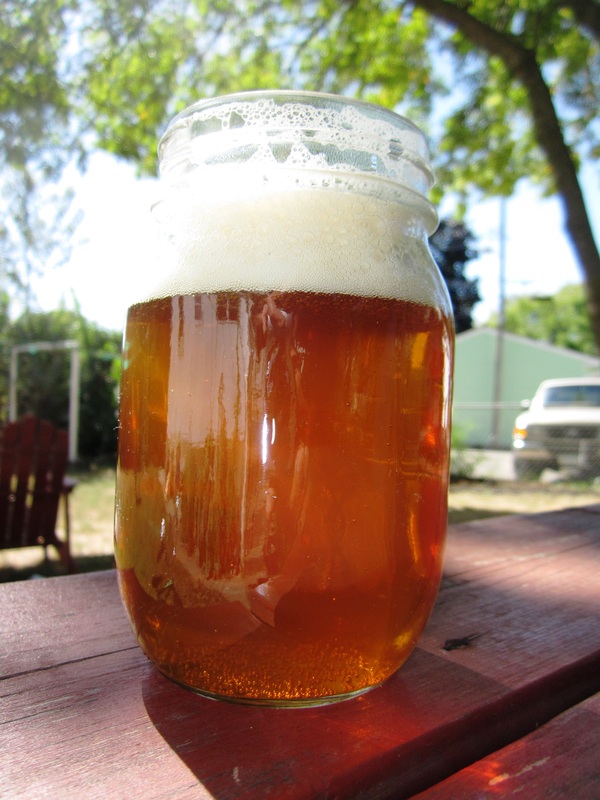
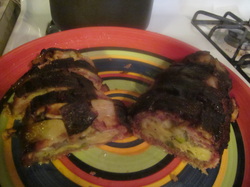
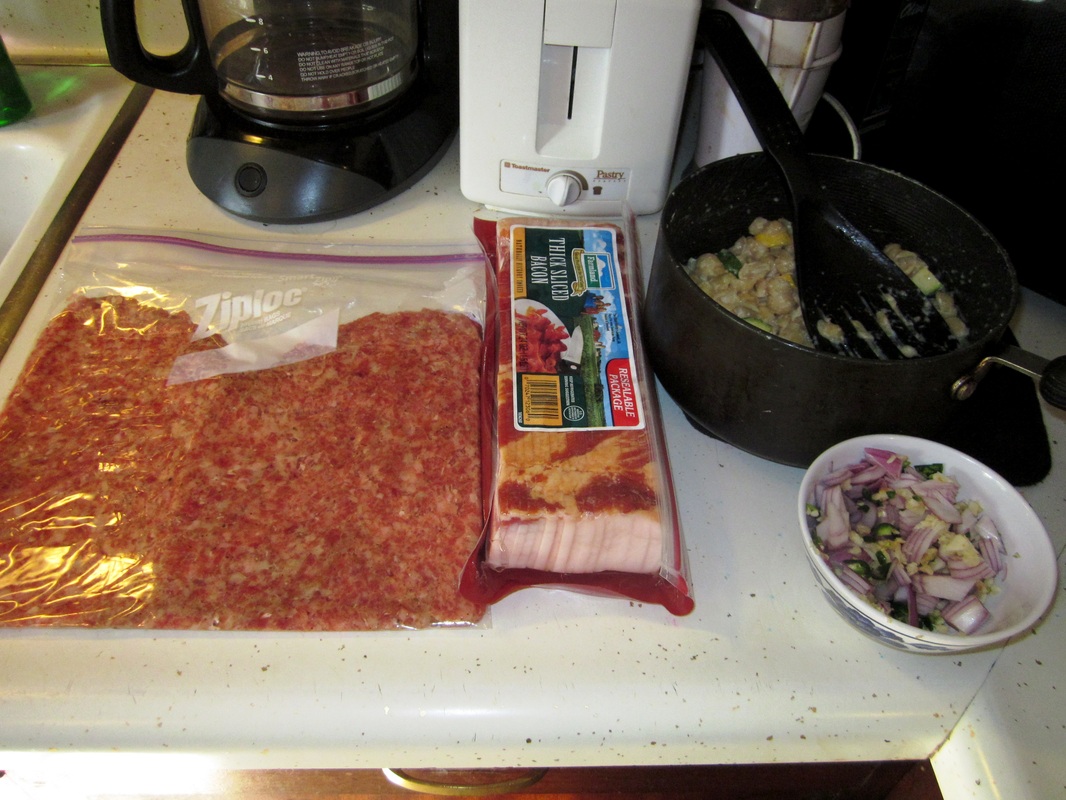
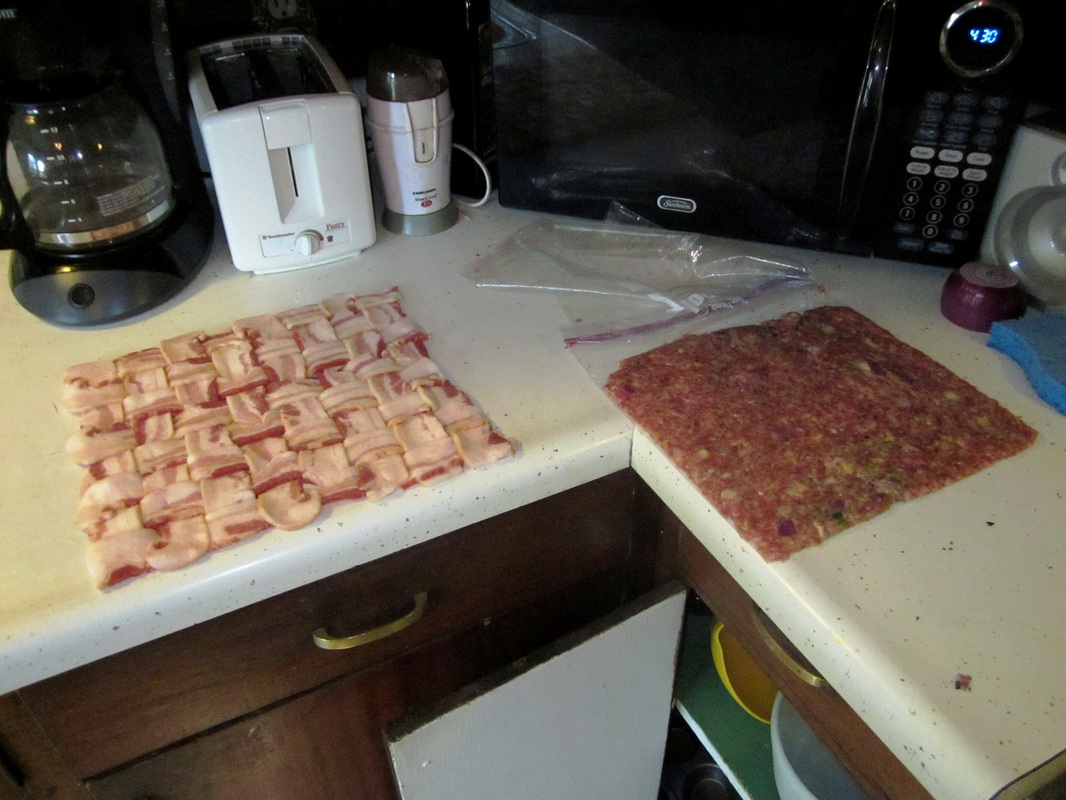
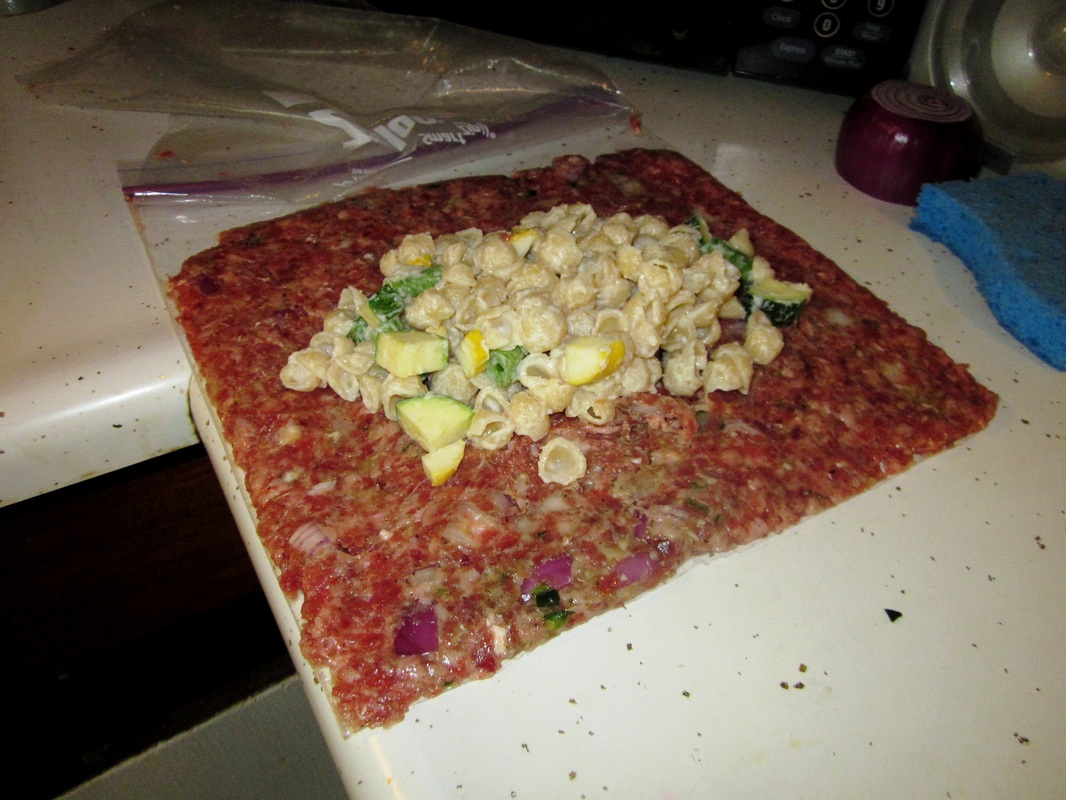
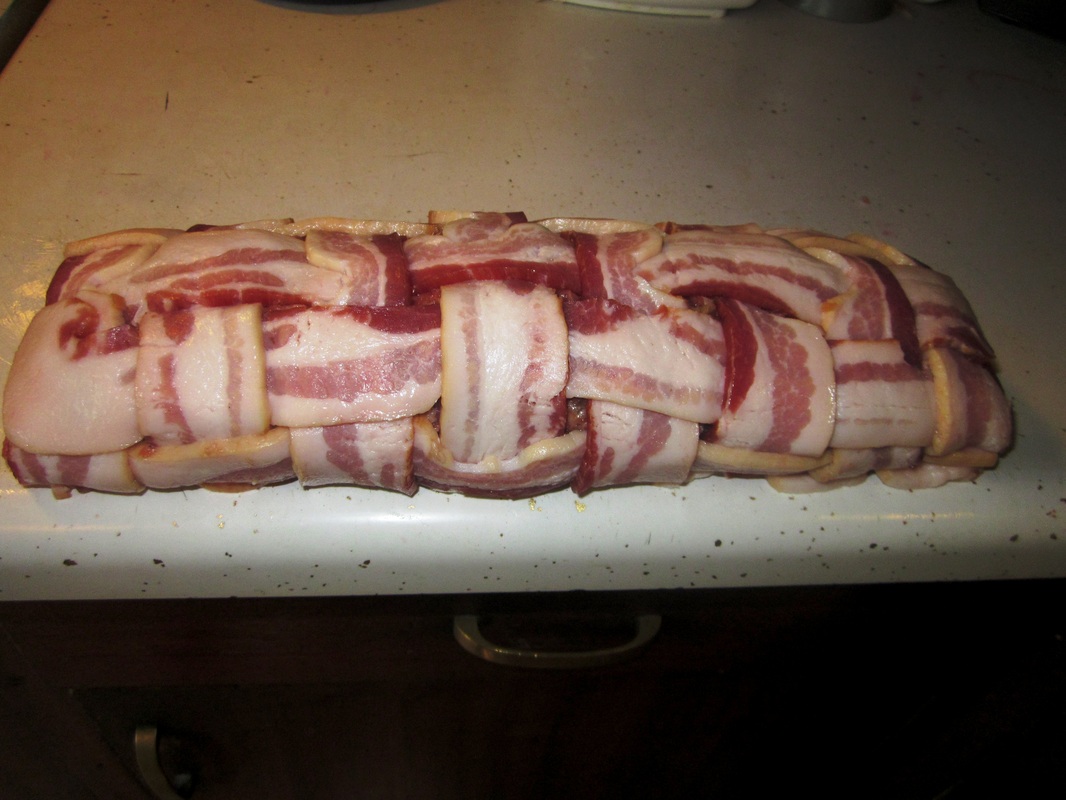

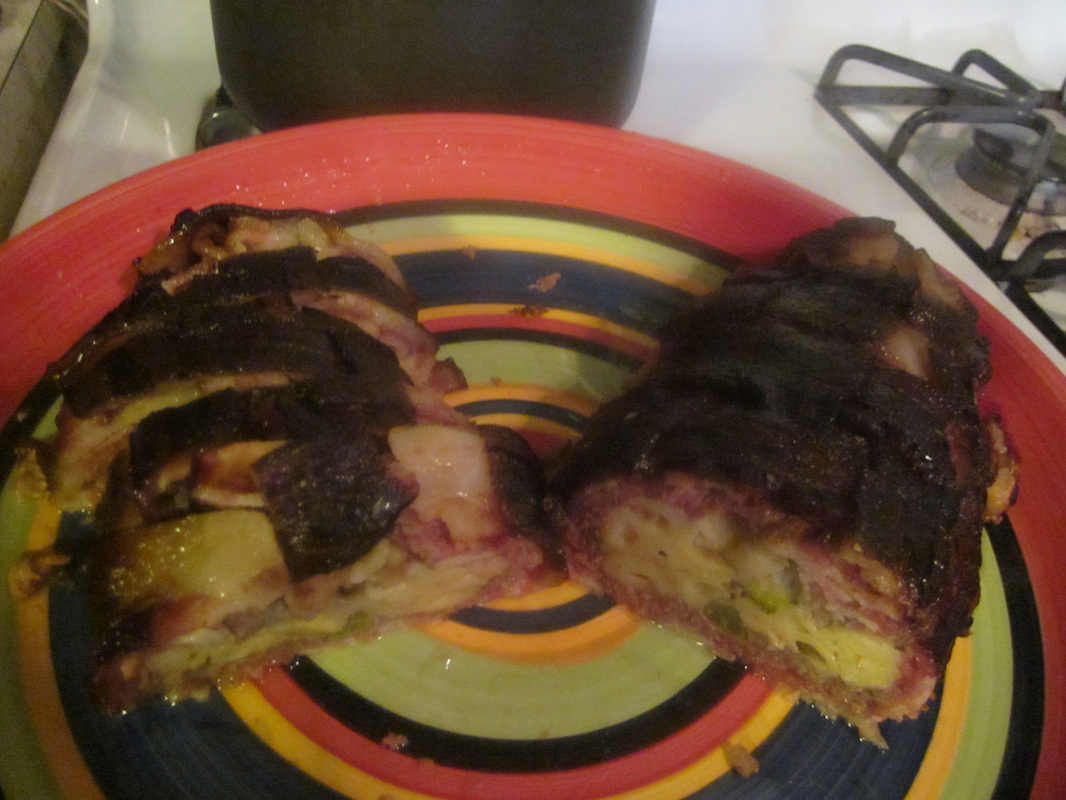
 RSS Feed
RSS Feed